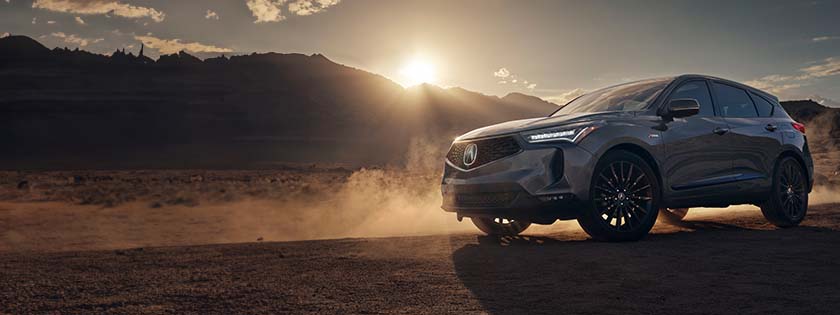Walk Through a Sample Lease
To best explain the calculation steps, we are going to create a sample lease.
For our example, we are going to lease a car with an MSRP of $23,000. This car will have a residual value of 57% and a money factor of 0.00125. We will have a $1,700 down payment, and the car will have a $500 rebate. Assume we've negotiated a sales price of $21,000 (before the rebate is applied) and will have $1,200 in various fees. For this example, we will not have a trade-in.
If you just want the formula, skip to the bottom of this article. If you'd prefer more context, read on.
Step 1. Take the vehicle's MSRP and multiply it by its residual percentage to get the residual value.
$23,000 x 0.57 = $13,110 |
residual value = $13,110 |
Step 2. Take your negotiated sales price and add in all the fees you'll have to pay. For our example, we've negotiated a sales price of $21,000 and have $1,200 in fees. Add those together and we get what's called the gross capitalized cost.
$21,000 + $1,200 = $22,200 |
gross capitalized cost = $22,200 |
Step 3. Take the total amount of the down payment, trade-in equity or rebates and add them together. In this example, we have $1,700 cash and a $500 rebate. So our total down payment is $2,200. This is called the capitalized cost reduction.
$1,700 + $500 = $2,200 |
capitalized cost reduction = $2,200 |
Step 4. Subtract the capitalized cost reduction of $2,200 from our gross capitalized cost of $22,200. The amount we are left with is called the adjusted capitalized cost.
$22,200 - $2,200 = $20,000 |
adjusted capitalized cost = $20,000 |
Step 5. Subtract the residual from the adjusted capitalized cost. This is your depreciation amount, which is the basis of your lease payment.
$20,000 - $13,110 = $6,890 |
depreciation amount = $6,890 |
Step 6. Divide the depreciation amount from Step 5 by the months of the lease. In our example, we are using 36 months. The result is our base payment. Don't get excited by this small number just yet. We still need to add interest and taxes.
$6,890/36 = $191.39 |
base payment = $191.39 |
Step 7. Take the adjusted capitalized cost and add it to the residual. Multiply that amount by the money factor. The resulting number will be the amount of interest charged per month. This is called the rent charge. Here is what that would look like, using our money factor of 0.00125.
($20,000 + $13,110) x 0.00125 = $41.39 |
rent charge = $41.39 |
Step 8. Add the rent charge to the payment you calculated in Step 6 to get your pretax lease payment.
$191.39 + $41.39 = $232.78 |
pretax lease payment = $232.78 |
If you're lucky enough to live in a state that doesn't charge sales tax, you're done! If you're like the rest of us, you'll still need to add tax. Luckily, that's easy to do. In Santa Monica, California, for example, our sales tax rate is 10.25%. So we have one more step before we're done.
Step 9. Multiply the payment by the local tax rate to get the total monthly payment.
$232.78 x 1.1025 = $256.64 |
Total Payment = $256.64 |
Here is the formula again, without the commentary:


 by
by 


